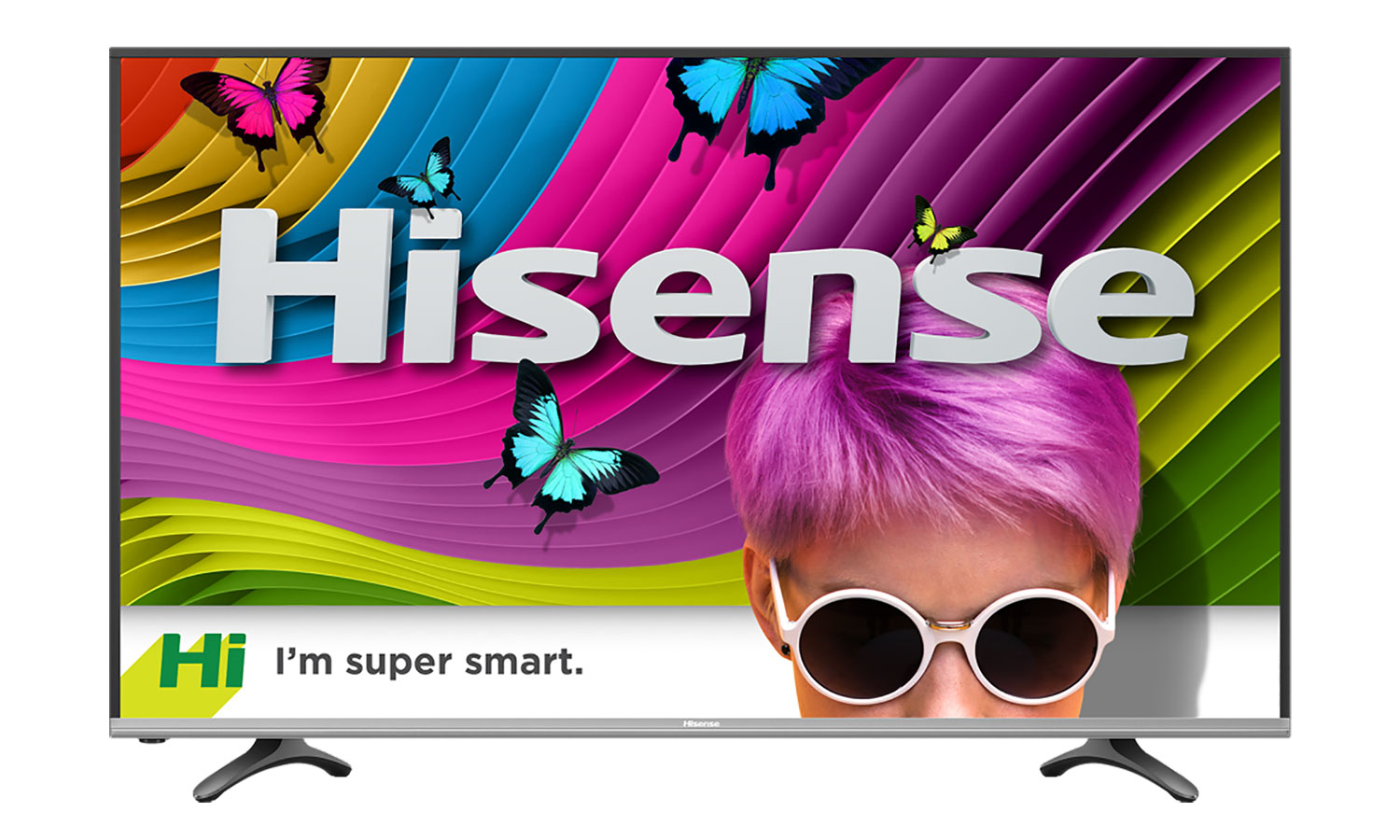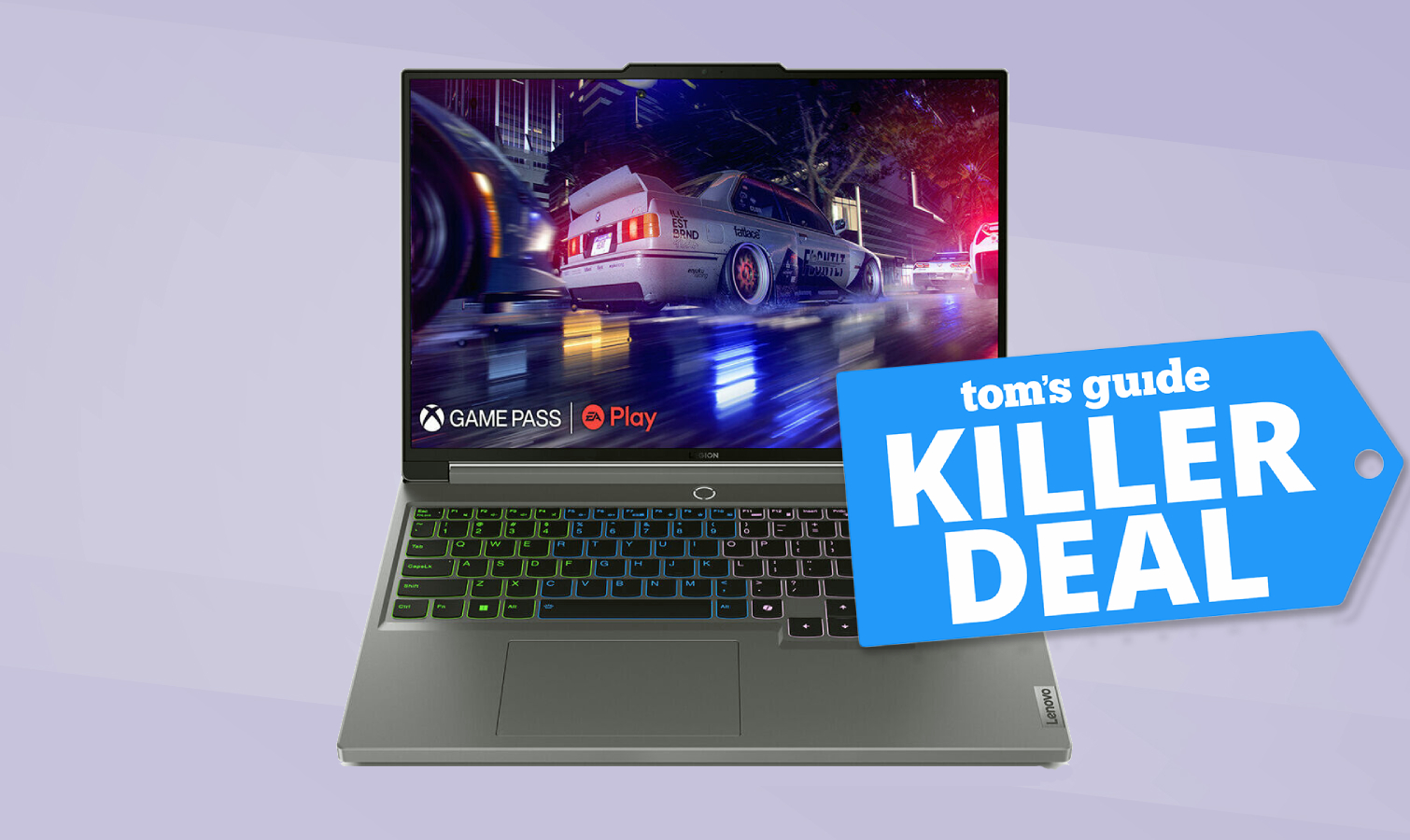Tom's Guide Verdict
Shoppers looking for an entry-level 4K TV will find the Hisense 50H8C an attractive option that delivers the basics, but not much more.
Pros
- +
Inexpensive
- +
Good color accuracy
Cons
- -
Limited smart TV services
- -
Poor black levels
Why you can trust Tom's Guide
The Hisense 50H8C is a solid example of a bargain 4K TV. This $469 set is a good choice for shoppers looking to get an ultra-HD picture without having to make a long-term investment, but it means making a few notable sacrifices. While the 50H8C does justice to higher-resolution 4K content and delivers good color accuracy, it does not support the newer high dynamic range (HDR) video formats, and it doesn't offer a wide array of smart TV connected services.
Its inability to deliver deep blacks and its poor off-axis viewing will put off some viewers.
At 50 inches, this Hisense is also smaller than the most popular 55-inch screen size favored by today's buyers. However, the smaller dimensions may make this set more appealing to apartment dwellers.
Design: Form follows function
Following similar basic designs from Vizio and TCL, the Hisense 50H8C stands on two splayed feet situated on the ends of the display. It's functional and sturdy enough,but there's nothing particularly exceptional about the design and its nearly half-inch black bezel. But there isn't anything off-putting about it, either.
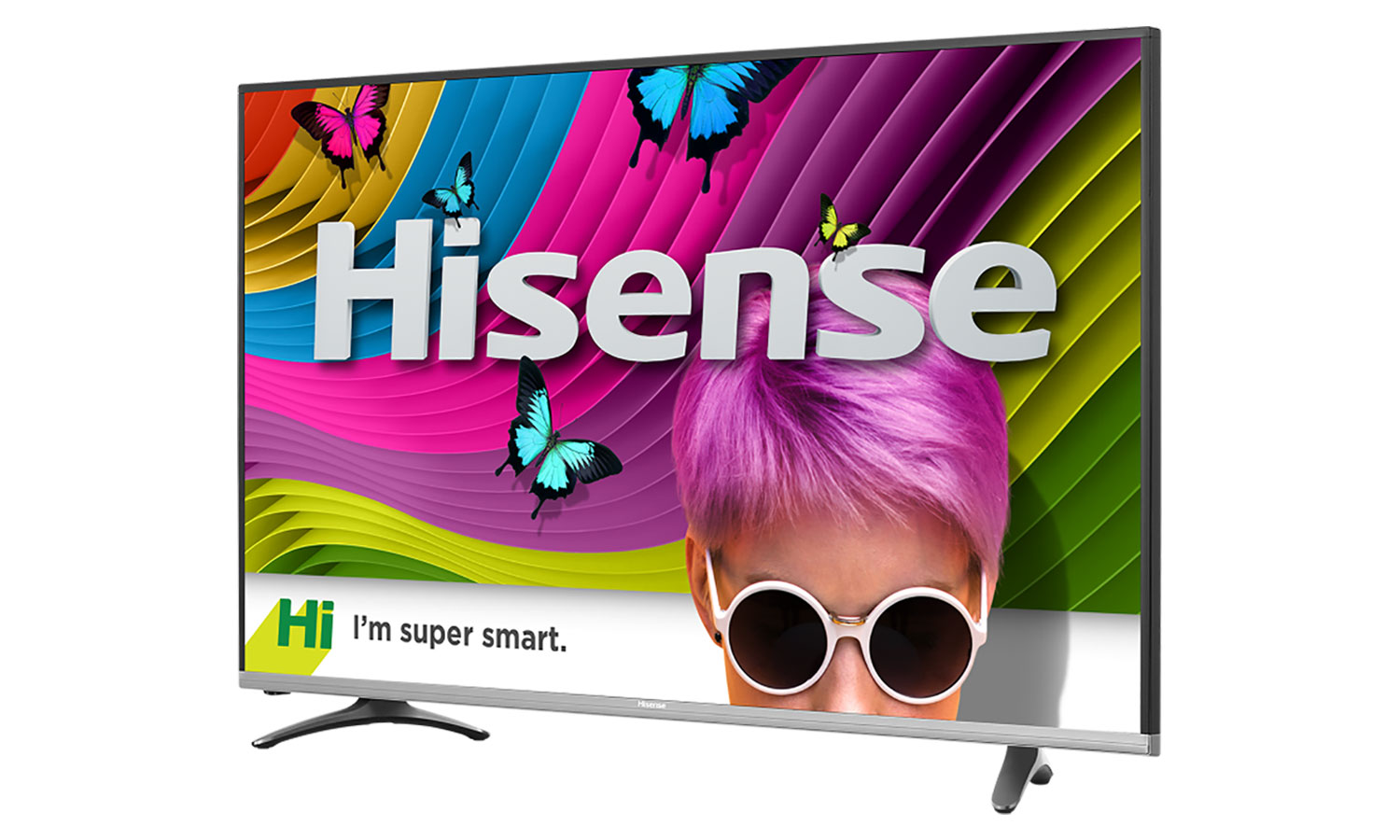
The 50H8C has all of the necessary connections, including built-in Wi-Fi and four HDMI ports (although only two of those support copy-protected 4K sources).
Performance: good color, poor contrast
The Hisense 50H8C's picture quality has both positives and negatives. In its best preset mode,Theater, it turned in accurate enough results on our color charts, even though it had a slight tendency to drift to the warmer red end of the spectrum. (Leaving the set in other preset modes, such as Energy Saving, turns faces on-screen into Oompa Loompas.) On the other hand, its inability to deliver deep blacks and its poor off-axis viewing will displease some viewers.
In scenes of outer space, the Hisense 50H8C does not give you the sort of deep blacks that more expensive sets can produce. Stars appear against a gray backdrop, for example, and there's a reddish-gray cast to black areas, such as the bars in letterboxed content.
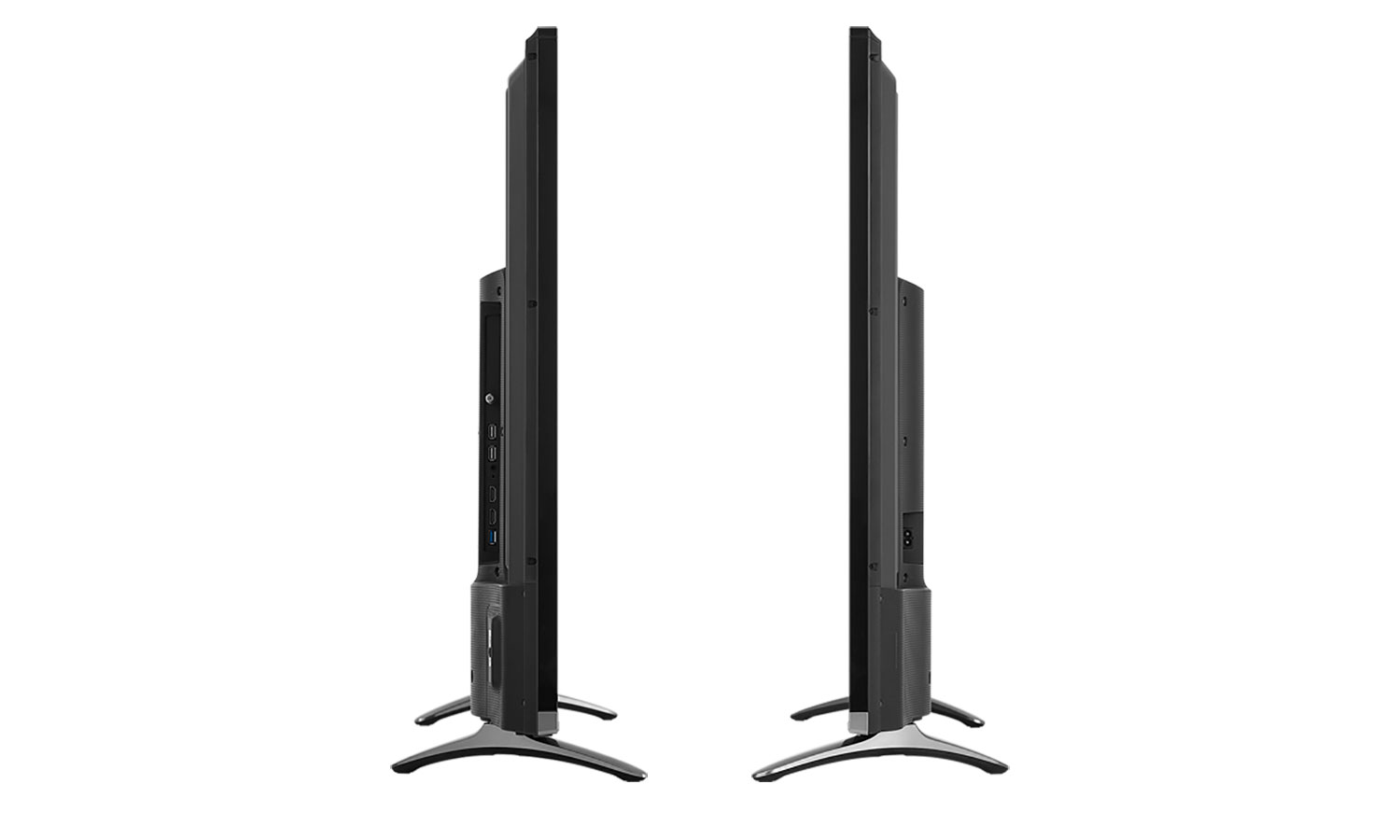
Theater mode proved to be the most accurate; in this mode, the 50H8C reproduced 95.7 percent of the sRGB color gamut (100 percent is very good) and had a Delta-E score of 3.99 (where 0 is best). In comparison, the Insignia 4K Roku TV delivered both a better Delta-E score (1.12) and comparable sRGB reproduction (95 percent) in its Movie mode.
With native 4K content, the Hisense set generally does well. It didn't produce any serious banding of the colors (known as posterization) in the ultra-HD version of The Amazing Spider-Man 2, for example. And a test music video looked good, although the 50H8C did not render the kinds of deep saturated colors that HDR-compatible sets can produce.
The Hisense 50H8C had no trouble upscaling regular HD content to 4K. In movies such as Gravity and Skyfall, there weren't any serious distortions, such as blurry artifacts generated when the TV tries to recreate fast action sequences. There was also very little jitter or picture noise in space scenes in Gravity, and the Hisense TV did a good job of avoiding halos around bright objects, especially compared to Vizio's MSeries set.
Unfortunately, no matter what you watch, you'll notice that the Hisense 50H8C suffers from poor off-axis viewing. When you move away from the ideal center viewing area,the colors begin to fade, and contrast disappears.
Audio: not subtle
The Hisense 50H8C's built-in sound system can be described in one word: strident. It delivers plenty of volume if you want to blast a soundtrack, but it begins to distort quickly at higher volumes. Oddly, even at higher volume levels, vocals can get buried in the background in Theater mode.
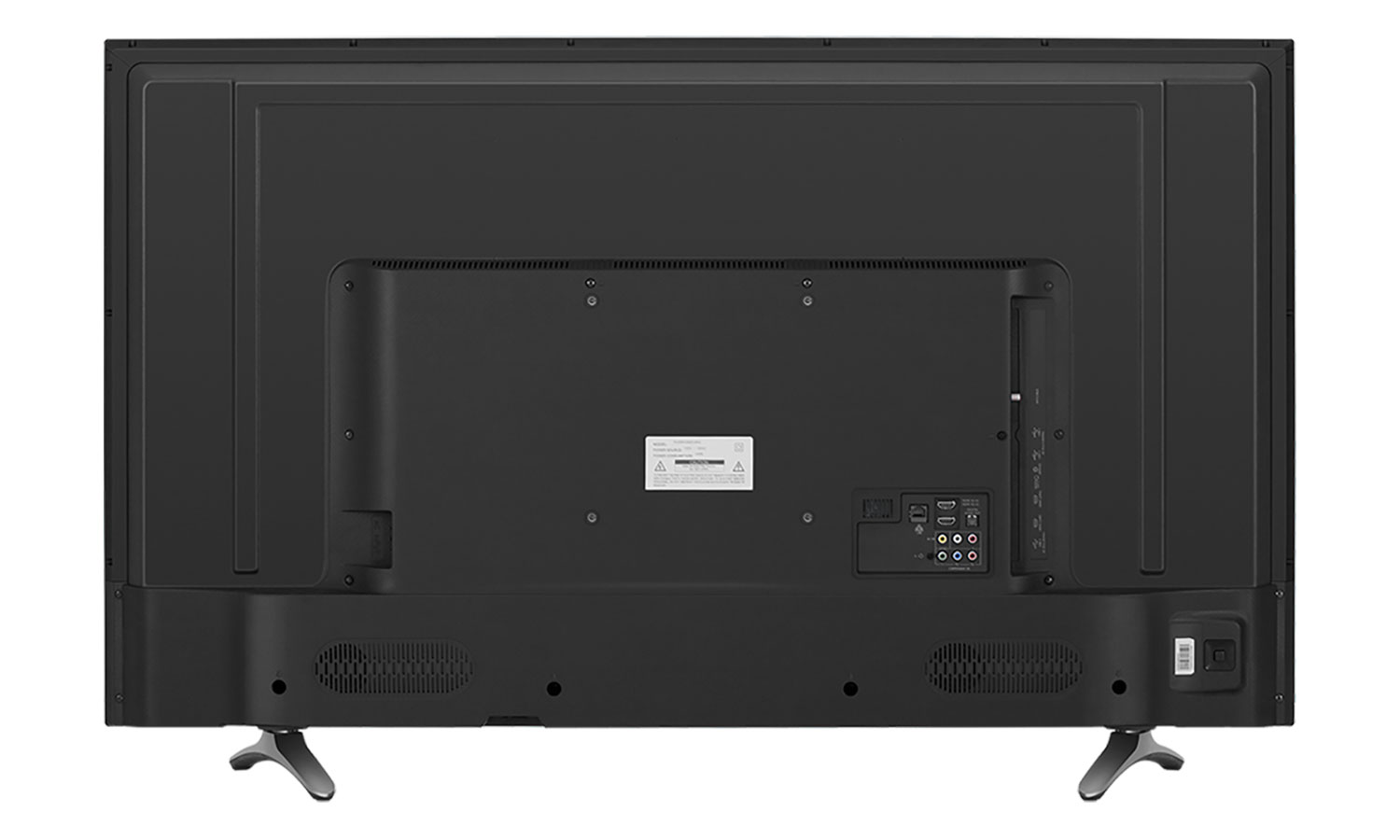
Switching over to Music mode returns some of the midrange balance to the sound (rather than overemphasizing highs and lows) but simultaneously makes songs sound more cramped and focused toward the center of the set. You will not get responsive bass out of this TV, either, but it's good enough for a smaller apartment space.
Interface: basic services
Like the Sharp-branded set from Hisense, the 50H8C uses a basic Linux-based interface for its smart TV connected services. It is rudimentary but functional. AHome button on the remote takes you to apps ranging from Netflix to Amazon. There's also Pandora, Vudu and Facebook, as well as UltraFlix for finding 4K content.
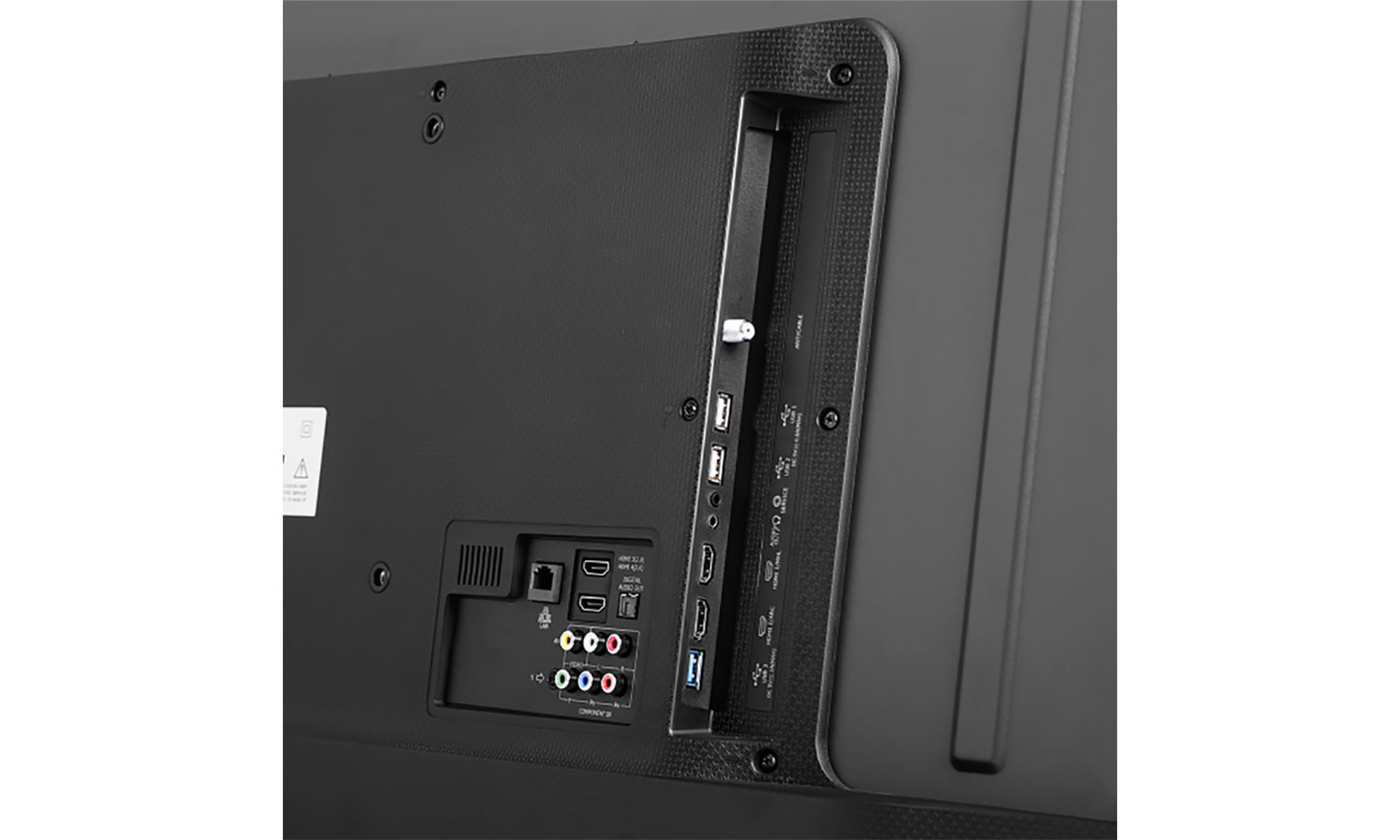
While the offerings are very limited compared to those of Android or Roku-based sets, the Hisense 50H8C does include the Opera web browser for surfing the web on your set. I found the smart TV apps more sluggishthan most, and it took more than a few seconds to start a video of Dave Brubeck's Take Five on YouTube, for example.
The Hisense remote control is a candy-bar-shaped controller that has a basic numeric keypad, a four-way directional pad, and dedicated buttons for a handfulof the most popular streaming services, including Amazon and Netflix. There are also convenient dedicated buttons for muting the audio and changing the input source. In other words, unlike more minimalistic, fashion-forward remote controls, it takes the guesswork out of watching TV.
Bottom Line
The Hisense 50H8C delivers enough functionality that it makes you want to pull for this Charlie Brown of a TV. And given that it can be purchased for less than $500, it presents a reasonable option for people who want to enter the 4K space. However, even at this price, you can find better options, such as the Insignia 4K Roku TV, which delivers not only a cleaner image but also more connected features.
John R. Quain has been reviewing and testing video and audio equipment for more than 20 years. For Tom's Guide, he has reviewed televisions, HDTV antennas, electric bikes, electric cars, as well as other outdoor equipment. He is currently a contributor to The New York Times and the CBS News television program.
